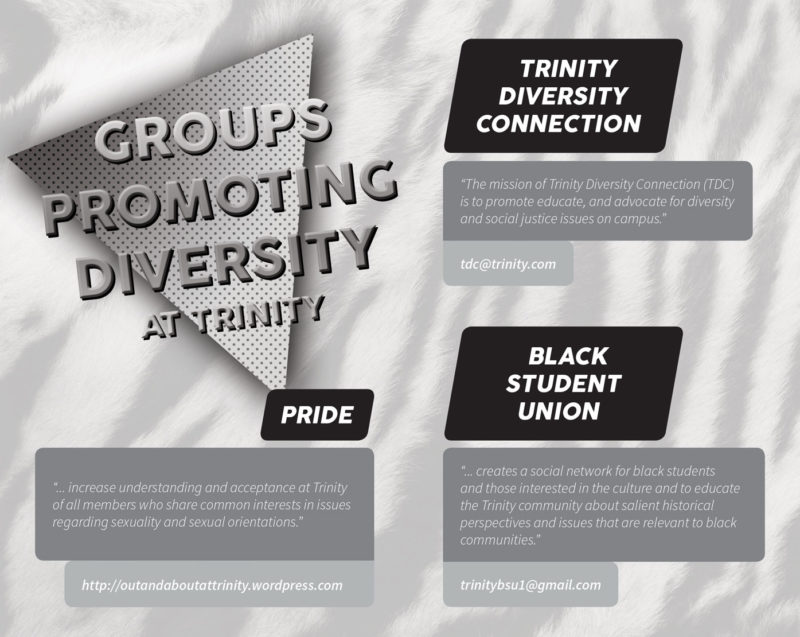The Harlem ballroom scene, voguing and New Orleans bounce music are hallmark traditions of LGBTQ+ history. They are also key thematic pieces in Rashaad Newsome’s body of work. Though not something you would typically encounter in an art history survey class, Newsome creates forceful commentary on systemic oppression.
“KNOT,” the title of Newsome’s piece, is currently on display on the McNay Art Museum’s AT&T Lobby wall, and will be in San Antonio through January. With it comes the unique opportunity to engage with unconventional media and multi-layered subject matter. “KNOT” celebrates race and sexuality through a video installation with colorfully rich and spatially intense visuals. Dancers in Christian Louboutin heels move across fantasy landscapes that mix baroque architecture with hip-hop flair.
They improvise in the quick, rhythmic movements characteristic of voguing and bounce. Though popularized through contemporary hip-hop music videos and pop culture icons like Madonna, these dances have deep and often-overlooked roots in the black LGBTQ communities of New York City and New Orleans.
The bounce and ballroom subcultures have acted as expressive platforms for gay, transgender and gender non-conforming youth of color for decades. Newsome was raised in New Orleans and works primarily in New York City. To understand his work, one must understand the connections between the music, the dances and the communities they came from.
Bounce music draws from the call-and-response chanting traditional to Mardi Gras, often dealing with sexual innuendos or call-outs between neighborhoods in New Orleans. Bounce is often credited with the creation of twerking and similar gyrating dances. Voguing is the language of the New York City drag ballroom scene. The dance exaggerates model poses and emphasizes personal attitude and stage presence.
Bounce and ballroom both deal with creating a sense of grandeur and magnificence in the midst of communities that are often restrained by poverty and low socioeconomic status. During traditional bounce and ballroom events, people come together to make the wildest party atmospheres possible. It is a form of escapism. It is taking a handful of hours out of hardship and indulging in the highs of a good party.
At first glance, “KNOT” is confusing and mildly obscene. The dancers are scantily clad and the dancing itself can be misconstrued as overtly sexual. If “KNOT” were shown on TV, any mother would certainly change the channel. But Newsome rightly claims a space for himself in the art world by showcasing what some people pointedly try to ignore.
Bounce and ballroom are homes to disenfranchised LGBTQ people of color, one of the most marginalized populations in the USA. We often define success in terms of education, health and elevated socioeconomic status, things that are not easily attainable for this community. Individuals that struggle to bootstrap themselves into these rigid parameters are often looked down on, and the “˜otherness’ of their subculture often further separates them from what we consider a legitimate lifestyle or art. The documentation of these creations and continued interpretations of these traditions are vital for the preservation of an inclusive and expansive art scene.
This is not the first time the McNay has shown an exhibition featuring an artist of color or a member of a marginalized community. In 2014, the museum displayed Guillermina Zabala’s video installation entitled I, Me, Light, which explored the diversity of self-defined identity within the culture of San Antonio. The Carver Community Cultural Center is a continuous platform for black artists’ work in our city. Work can be seen on stage and in their gallery this season. Newsome’s installation at the McNay, however, seems to be part of the rising trend of examining the connections between an artist’s identity, cultural context and work. Additional work of his, both traditional and unconventional, can be seen through his online portfolio.
Trinity hosts student groups that offer support to the greater campus community. Connect with Black Student Union and PRIDE for more information.







